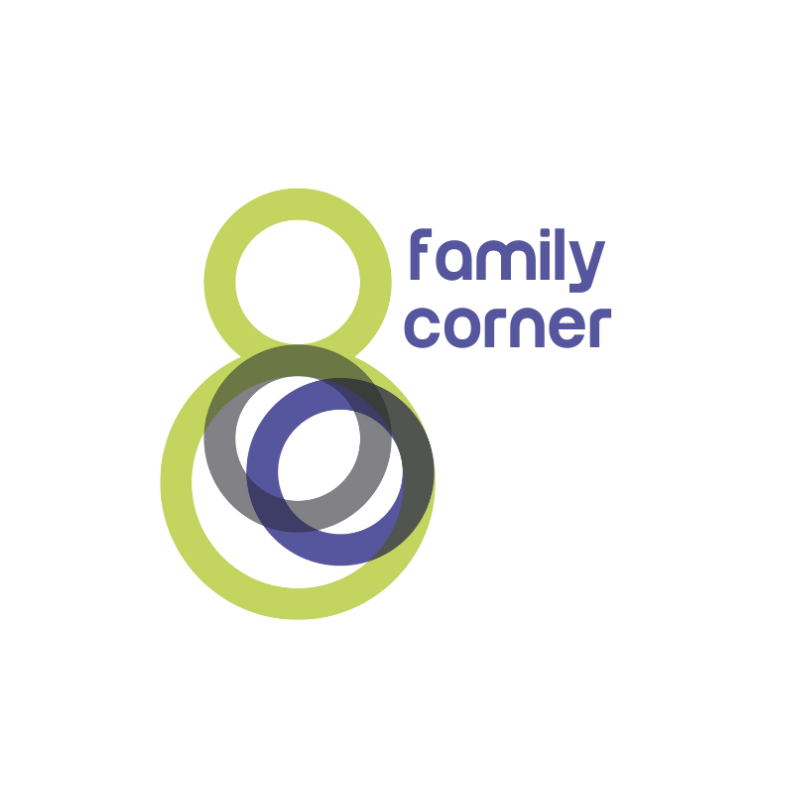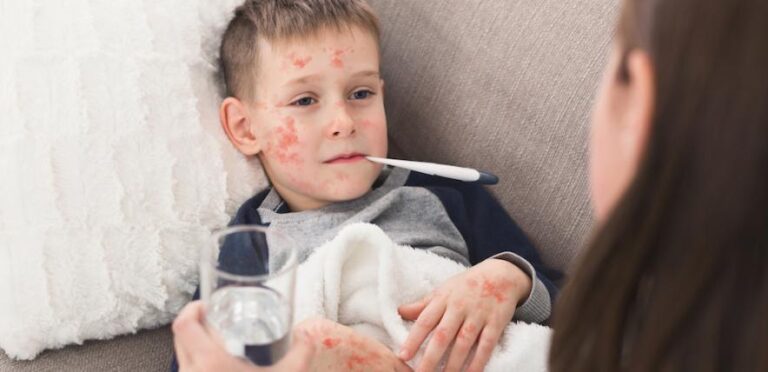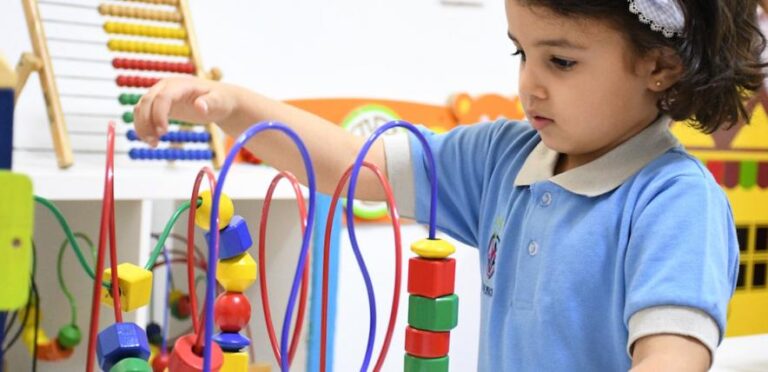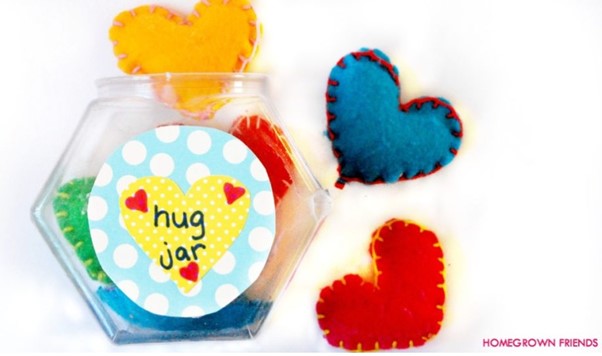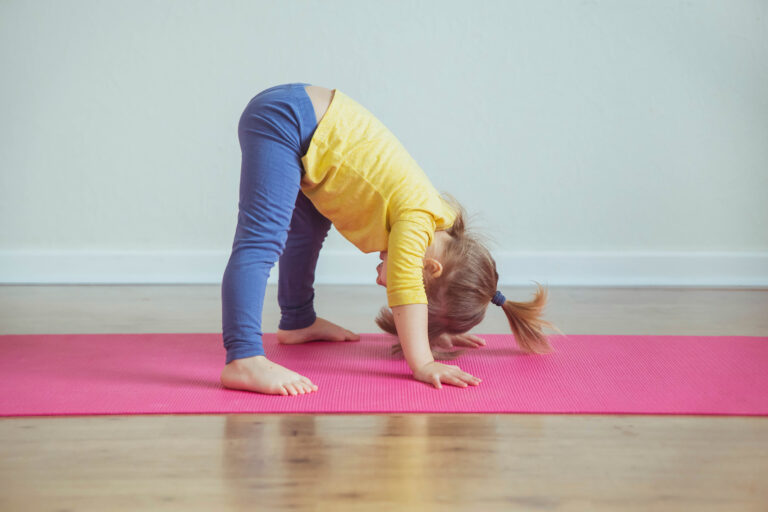Article Updated March 2025
Cases of measles in England and Wales have been rising.
In 2024 there were 2,911 laboratory-confirmed measles cases in England, the highest number of cases recorded annually, since 2012.
This is in line with global trends of stalling vaccination rates and sharp rises in the number of reported measles cases.
A joint report by the World Health Organization (WHO) and the UN children’s fund, Unicef, said children under the age of five accounted for more than 40% of the cases reported in Europe and central Asia.
The WHO/Unicef joint analysis covering 53 countries said there had been 127,350 measles cases reported in the European region in 2024 – the highest since 1997.
A total of 38 deaths had been reported up to 6 March 2025.
Measles cases, they added, had been declining since 1997, but the trend reversed in 2018-19 and cases rose significantly in 2023-24 “following a backsliding in immunisation coverage during the Covid-19 pandemic”.
“Vaccination rates in many countries are yet to return to pre-pandemic levels, increasing the risk of outbreaks,” they warned.
In poorer countries vaccination rates are falling because of problems such as war and poverty, but in affluent nations such as the UK decreases in vaccination rates are largely due to vaccine hesitancy (also known as ‘anti-vaxxing’) — when parents are fearful of vaccinating their children due to misinformation and anti-vaccine campaigns on social media.
What is measles and who is vulnerable to catching it?
Measles is a highly infectious viral illness, and while it is still relatively uncommon in the UK there have been a few epidemics breaking out in communities recently, especially where children and young people haven’t had the vaccine.
Anyone can get measles if they haven’t been vaccinated or haven’t had the disease before.
However if your child has had the MMR vaccine and they come into contact with someone with measles they are very unlikely to catch it.
How is it spread?
Measles is passed on through the air from respiratory droplets and particles, and an infected person can release the virus into the air when they cough or sneeze. These respiratory particles can also settle on objects and surfaces, and a child can become infected if they come into contact with a contaminated object, such as a toy or door handle, and then touch their face, nose, or mouth.
You’re infectious from when you first have symptoms (around 4 days before the rash appears) until 4 days after you get the rash.
What are the symptoms of measles?
The symptoms of measles start to show around 10 days after infection, and may include a runny nose, sneezing and cough; sore red eyes which may be light-sensitive; a high temperature and small spots on the inside of cheeks. These symptoms will be followed by a red-brown blotchy rash on the head or neck, which then spreads to the rest of the body.
Children who contract measles may also complain of aches and pains and display a lack of appetite and energy. The illness may leave them very tired and irritable, but normally the infection should clear in seven to 10 days.
If your child is diagnosed as having measles, it’s important to reduce the risk of spreading the infection to others by avoiding contact with young children and pregnant women. If your child is in a pre-school setting you should inform staff and follow their guidelines for keeping them at home until they recover, which is usually around four days.
Is there a treatment?
There is no specific treatment or medicine for measles, but you will need to keep your child pain-free and comfortable. Paracetamol and ibuprofen will help to bring down a temperature and help to relieve aches and pains, and drinking plenty of fluids will keep them hydrated and ease a sore throat.
Measles can cause the eyes to become crusty, and this can be washed away from eyelids and lashes using cotton wool soaked in water. Closing curtains or dimming lights can help if bright light is hurting their eyes.
Runny noses and coughs may be relieved by sitting your child in a hot, steamy bathroom or putting a wet towel on a warm radiator to moisten the air. Warm drinks containing lemon and honey also help to relax the airways, loosen mucus, and soothe a cough. However, you should not give honey to babies under 12 months.
Occasionally, measles can develop serious complications so watch out for signs of the following in your child: shortness of breath; chest pains; coughing up blood; drowsiness; confusion and convulsions. If your child displays any of these symptoms you should go to your nearest A&E or call 999 straight away.
How can I prevent my child getting measles?
Doctors believe the most effective way of staying safe from measles is to have the MMR vaccine. This is given as part of the routine NHS childhood vaccination programme, and one dose is usually given to children around the age of 12-13 months, with a second dose at three years and four months. If you’re unsure whether your child has been vaccinated, check with your child’s GP who can refer to their records, but having the vaccination again won’t cause them any harm.
A dose of MMR can also be given to infants over six months if they are found to be at immediate risk of catching measles – for example, if there is an outbreak locally, your child has been in contact with someone who is infected, or you need to travel to an area where there has been an outbreak.
Babies under six months, pregnant woman and people with weakened immune systems who may not have the MMR vaccine can be given an alternative a treatment called human normal immunoglobulin (HNIG). This is a special concentration of antibodies that can give short-term but immediate protection against measles and should be given within six days of exposure.
More information
Gov.uk — Measles guidance, data and analysis
Patient Info — Why measles is more serious than you think
This article was written for the Early Years Alliance by Dorothy Lepowska-Hudson and is for information purposes only. To get a diagnosis for you or your family, you should always consult a medical professional.
